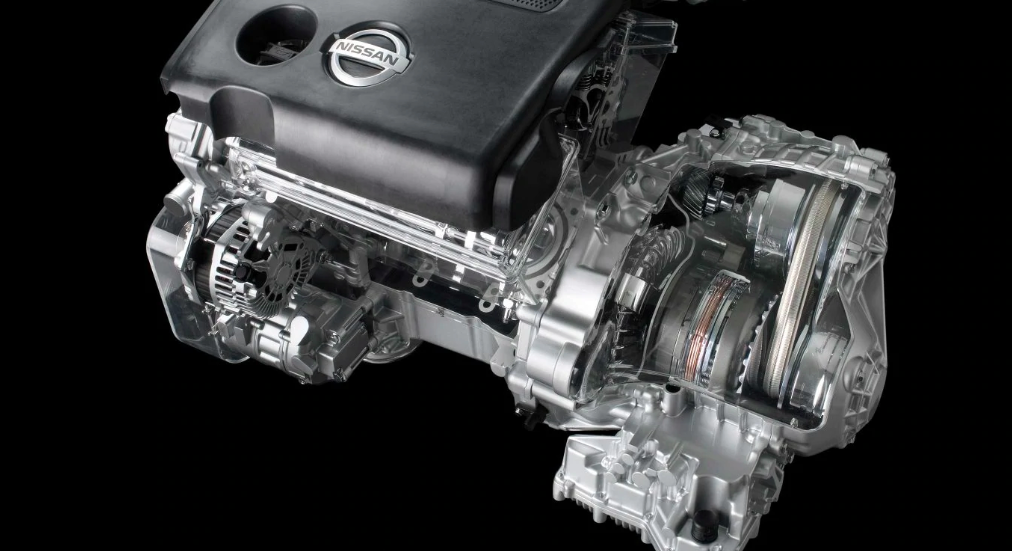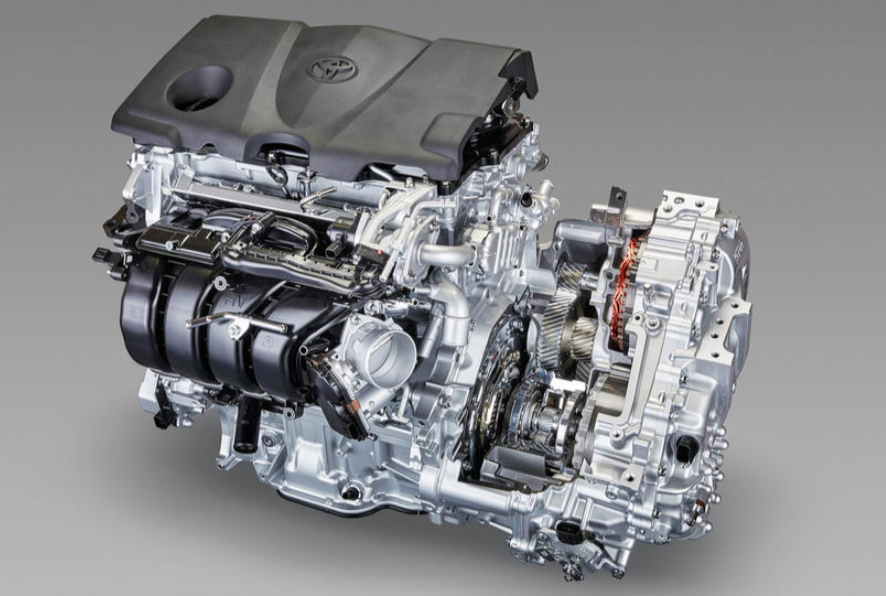Gearbox called CVT explained in simple English

The CVT (Continuously Variable Transmission) provides a smooth and ‘stepless’ gear ratio changes and unlike conventional transmission systems that use sets of fixed gears to work your engine.
The real difference between a continuously variable transmission (CVT) and an automatic transmission (AT) is that while both are technically automatic transmissions and don’t require the driver to use a clutch to manually change gears, a traditional automatic transmission has fixed gears -typically ranging from five to nine in number

A number of car manufacturers in the last 15 years or so have appreciated the CVT’s benefits of fuel economy and seamless acceleration from an earlier stage and it was Nissan of Japan that was the world’s first car manufacturer to offer CVTs for engine displacements as large as 3.5 liters.
Today, Nissan’s CVT technology offers smooth and fuel-efficient “fun-to-drive” performance in an extensive range of Nissan models, from the compact class all the way up to high-powered luxury vehicles.

Seamless acceleration
The CVT is an automatic transmission that uses two pulleys with a steel belt running between them. To continuously vary its gear ratios, the CVT simultaneously adjusts the diameter of the “drive pulley” that transmits torque from the engine and the “driven pulley” that transfers torque to the wheels. With stepless shifting of gear ratios, the CVT can avoid the shift-shock and deliver smooth driving, making it an exceptional transmission solution.
Expanded gear ratio range
In most Japanese produced CVT, the gear ratio range from low to high gear is expanded, attaining a top-of-class final gear reduction ratio of about 6, thanks to pulley and steel belt improvements and the use of high performance ATF (Automatic Transmission Fluid). This ratio spread is among the world’s widest for a CVT designed for use with 1.5-liter to 2.0-liter class engines. With a wide ratio spread and highly precise control, the CVT delivers outstanding acceleration and fuel economy.
Improved dynamic performance and powerful acceleration feel
Using improved and adapted electronic control systems and the hydraulic system components under its control manufacturers have managed to deliver almost seamless power delivery. In addition, adoption of a high-performance ATF (Automatic Transmission Fluid) enhances response and stability. As a result, the CVT shifts ratios today are about 20-30% faster than the previous earlier versions. This is why today CVT technology provides instantaneous response to the driver’s needs and additionally it is able to deliver a natural feeling of powerful acceleration.




